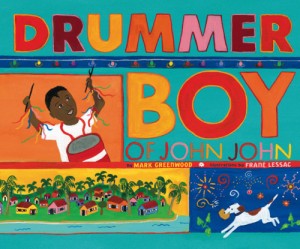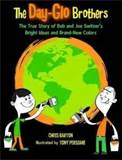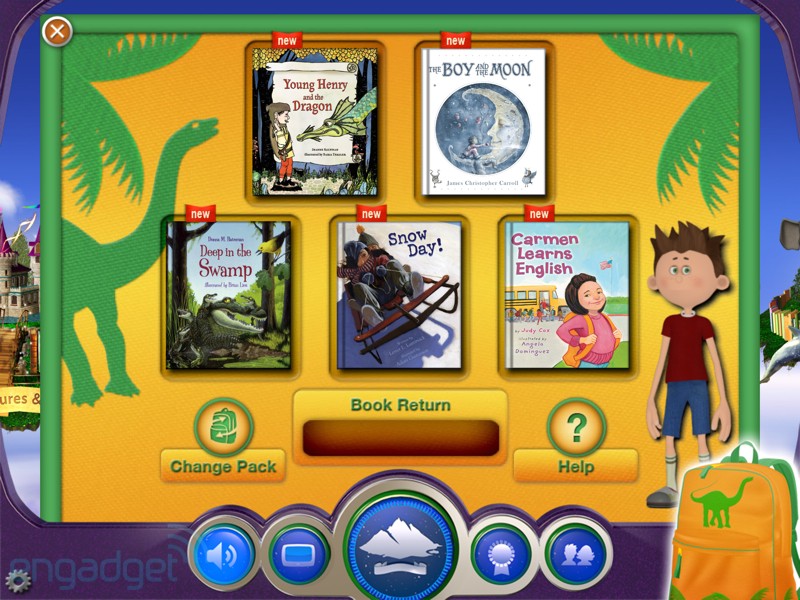 This morning, I sat basking in the presence of an amazingly talented author. Doreen Rappaport was speaking at our local university, and because my husband, Matt Faulkner, will illustrate her biography of Elizabeth Cady Stanton, Matt and I were able to sit in on her lecture. I’ve been a huge fan of Doreen’s work for years, but hearing her speak made me want to read everything she’s ever written. It reminded me just how powerful it is to hear an author or illustrator in person.
This morning, I sat basking in the presence of an amazingly talented author. Doreen Rappaport was speaking at our local university, and because my husband, Matt Faulkner, will illustrate her biography of Elizabeth Cady Stanton, Matt and I were able to sit in on her lecture. I’ve been a huge fan of Doreen’s work for years, but hearing her speak made me want to read everything she’s ever written. It reminded me just how powerful it is to hear an author or illustrator in person.
Doreen has a series of picture book biographies about famous Americans that perfectly hit that Common Core Standard of Range of Reading for elementary students. I love using her books because her writing style is so engaging that any one of them make for a great Craft & Structure lesson. Take, for example, Eleanor, Quiet No More written by Doreen Rappaport and illustrated by Gary Kelley. Gorgeous, large illustrations accompany the story of Eleanor’s life. Yes, you will find a timeline of her life and key facts to use for writing reports, but more importantly you will get a sense of who this remarkable woman was. Direct quotes are written in huge letters, and discussing why this is can be the beginning of the lesson on author’s craft.
Doreen has video clips of Eleanor Roosevelt and Common Core-aligned study guides with cross-curricular activities on her website, but I think one of the best ways to extend this book is to have your students contact Doreen herself. If you aren’t able to bring her to your school, email her questions, or snail-mail her letters. Allowing your students to personally connect with authors and illustrators will inspire them to appreciate books on an entirely new level. Many authors and illustrators will Skype with students across the country, but check out who lives in your state. Michigan has a list of authors and illustrators available for school visits through the Library of Michigan website. The Society of Children’s Book Writers and Illustrators (SCBWI.org) has a speaker’s list that is searchable by region. All of your students will benefit from hearing an author or an illustrator speak, but for those who dream of making their own books, it may be the spark that lights the next Gary Kelley or Doreen Rappaport.
For more information about the author, please visit doreenrappaport.com.
For more information about the illustrator, please visit garykelleyonline.com.




